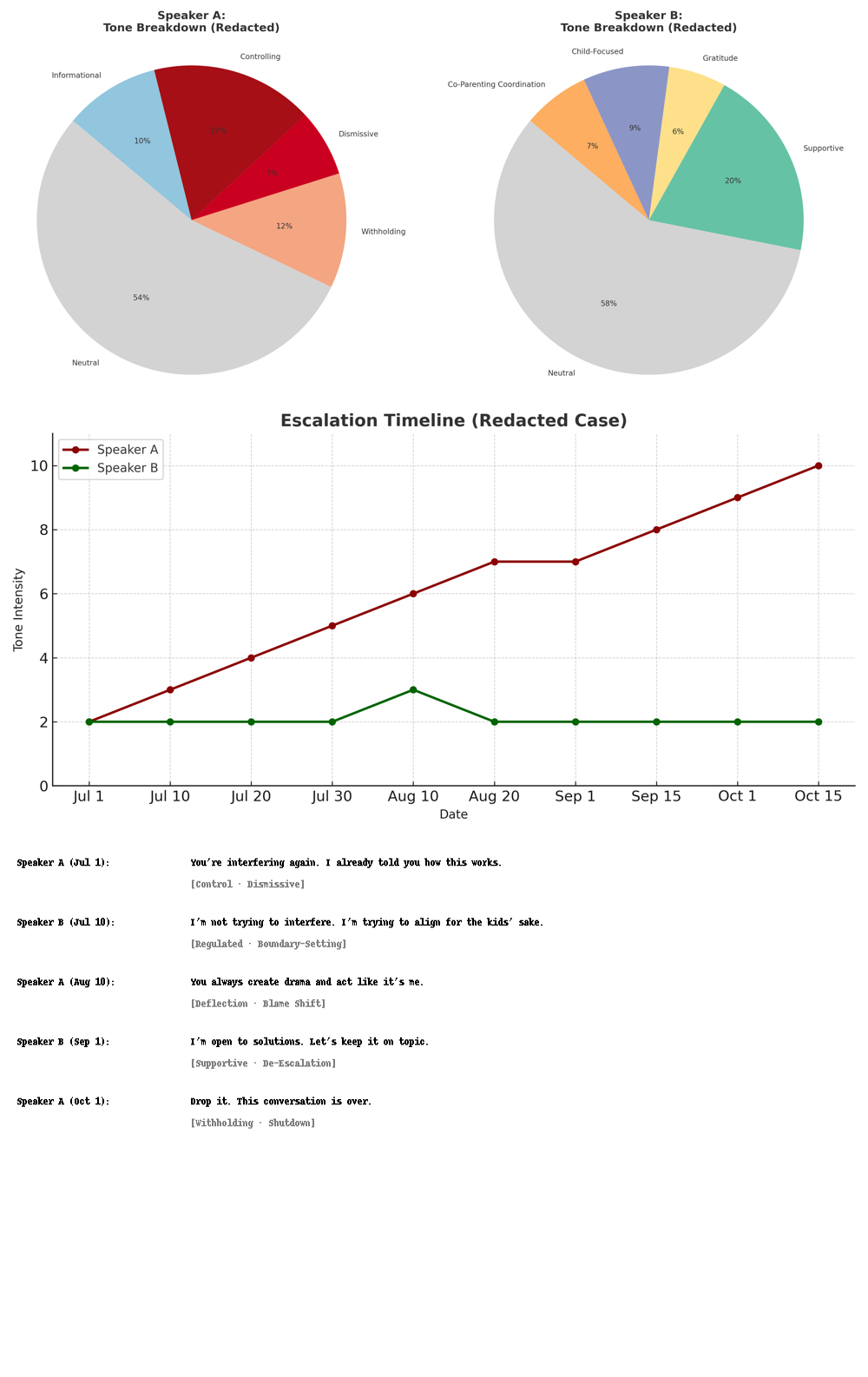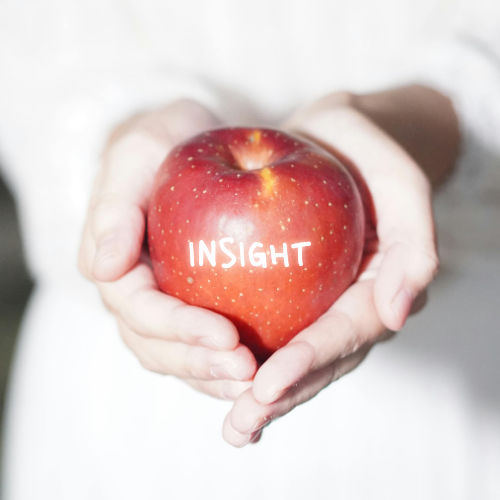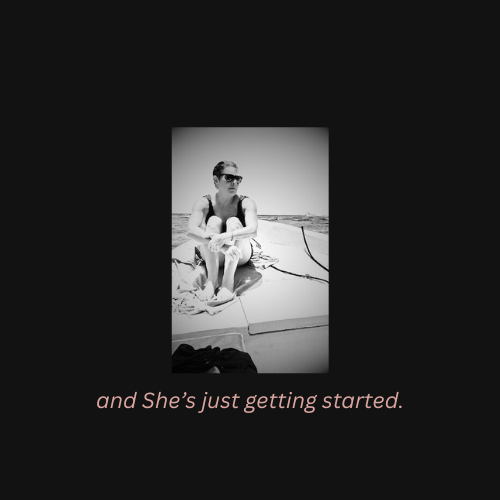Certifiable
He called me crazy.
Not once. Not in passing. Many times, over many years.
It was a steady drumbeat—threaded through conversations, body language, the kind of tone that gaslights without ever raising its voice.
When I named what I was feeling—how things escalated, looped, twisted—I was told I was imagining it. And later: that I should just move on. Stay sober. Recover.
But how do you emotionally recover in an environment where harm still lingers? Just what options did I have? Hmmm? Absolutely none.
Truth telling: it did fracture me from time to time. But if it did, perhaps it only cracked open what needed to be rebuilt with truth.
I wasn’t in danger. But I was on edge. I became hypervigilant about threats, because I saw patterns and cycles. And I felt them in my bones.
Sensitive? Sure. But what if it wasn’t a flaw—what if it was perfect pitch for emotional tone?
So I stopped trying to explain it. And I started tracking it.
I observed closely. I marked the shifts. I studied how power hides itself—in silence, in escalation, in compliance, in control. And slowly, the invisible began to take shape.
As a society, we are all just now learning about emotional abuse. Gaslighting. Coercive control. Manipulation. But even as the language expands—there is nothing underneath it.
No shared metrics. No measurement. No system for recognition.
He said, She said is paradoxical at best—and at worst, a license to ignore harm. It lets everyone vent, but it doesn’t fix what happens behind closed doors.
What hides in emails. What builds in tone. What accumulates quietly—across time, across context.
Therapists don’t have tools, and courts don’t have evidence. So I built a system.
Not a brand. Not an app. A framework.
It’s called Emotional Pattern Intelligence (EPI)—and it maps emotional harm in digital communication.
It flags coercion wrapped in politeness. Control masked as concern.
It tracks escalation across messages. It shows where tone becomes abuse—even when the words look clean.
I built it to read tone like emotional sheet music—to mark the dissonance, the disruption, and the moments where emotional truth goes silent.
Certifiable? Um…sure, I’ll take it.
Crazy enough to document what everyone else dismissed.
Crazy enough to build a system no one asked for—because they thought the issues seemed too abstract to quantify.
I’m not doing this alone. I’m working with a trusted team to bring this to the world—across industries, platforms and generations.
Into personal relationships and professional workspaces. Everywhere we connect digitally, this system belongs. And is needed.
We must all be accountable for how we treat one another. How we speak to one another and how we even speak to the world.
And if you’re in an emotionally abusive relationship—this is for you:
I know what it’s like to feel it but not be able to prove it. To carry the weight of control that no one else seems to acknowledge. To be told to get over something that continues to cause you harm.
You’re not crazy. You’re not alone. And soon, you’ll be believed and backed by data.
So am I crazy? It’s always possible.
But I fucking doubt it.
This is the work my team is doing. This is the framework that makes the invisible… seen. Emotional abuse doesn’t always look loud. It doesn’t always look mean. It often looks polite. Passive. Professional. But when you zoom out—across time, across tone—you see the pattern. One person escalates. One regulates. One controls. One tries to stay steady.
And that difference? Now, it’s visible.





